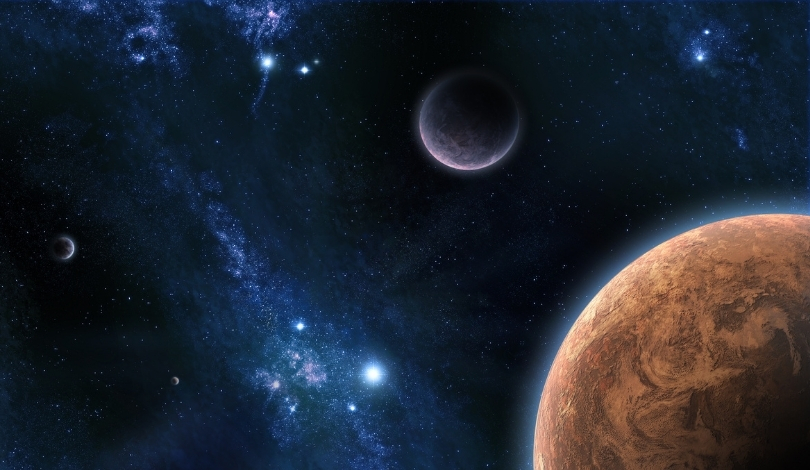Astronomers have harnessed the capabilities of the Atacama Large Millimeter/submillimeter Array (ALMA) to get an unprecedented look at the surface of the red supergiant star R Doradus. This effort, spanning 30 days, has revealed significant details about the star’s convection processes, including the presence of enormous gas bubbles. These observations are critical for understanding stellar evolution, and bear implications for future studies of similar stars and their life cycles.
When comparing this study to earlier observations of other stars, such as those made with the PIONIER instrument on ESO’s Very Large Telescope Interferometer, ALMA’s superior resolution stands out. Previous instruments lacked the ability to track the motion of convection bubbles, a feat now achieved with ALMA. This advancement marks a significant step forward in the field of stellar astrophysics.
Surface Details Unveiled
R Doradus, which measures 350 times the size of our Sun, is only 180 light-years from Earth. Using ALMA’s longest baselines, astronomers captured detailed images of the star’s surface, revealing convection bubbles 75 times the size of the Sun. These bubbles are formed by the movement of gas within the star, a process crucial for the distribution of heavy elements like carbon and nitrogen.
“This is the first time the bubbling surface of a real star can be shown in such a way,” said Wouter Vlemmings, professor at Chalmers University of Technology.
Unexpected Convection Cycles
During the study period from July 2 to August 2, 2023, researchers found that the granules on R Doradus move on a one-month cycle. This speed is faster than the expected rate based on our understanding of the Sun’s convection processes, suggesting potential differences between low-mass and high-mass evolved stars.
“With ALMA, we have now been able to not only directly see convective granules — with a size 75 times the size of our Sun! — but also measure how fast they move for the first time,” said Theo Khouri, a researcher at Chalmers.
Red giant stars like R Doradus are expanded versions of main-sequence stars that have depleted their hydrogen fuel. Given its mass is similar to our Sun’s, R Doradus serves as a potential example of what our Sun might look like in approximately five billion years. Such observations provide a window into the future of our solar system.
“It is spectacular that we can now directly image the details on the surface of stars so far away, and observe physics that until now was mostly only observable in our Sun,” said Behzad Bojnodi Arbab, a PhD student at Chalmers.
The insights gained from R Doradus’ convection processes can refine models of stellar behavior and evolution. Understanding these mechanisms also sheds light on the life cycles of other stars. As ALMA continues to push the boundaries of astronomical observation, researchers anticipate further revelations about the universe’s most fundamental processes.










